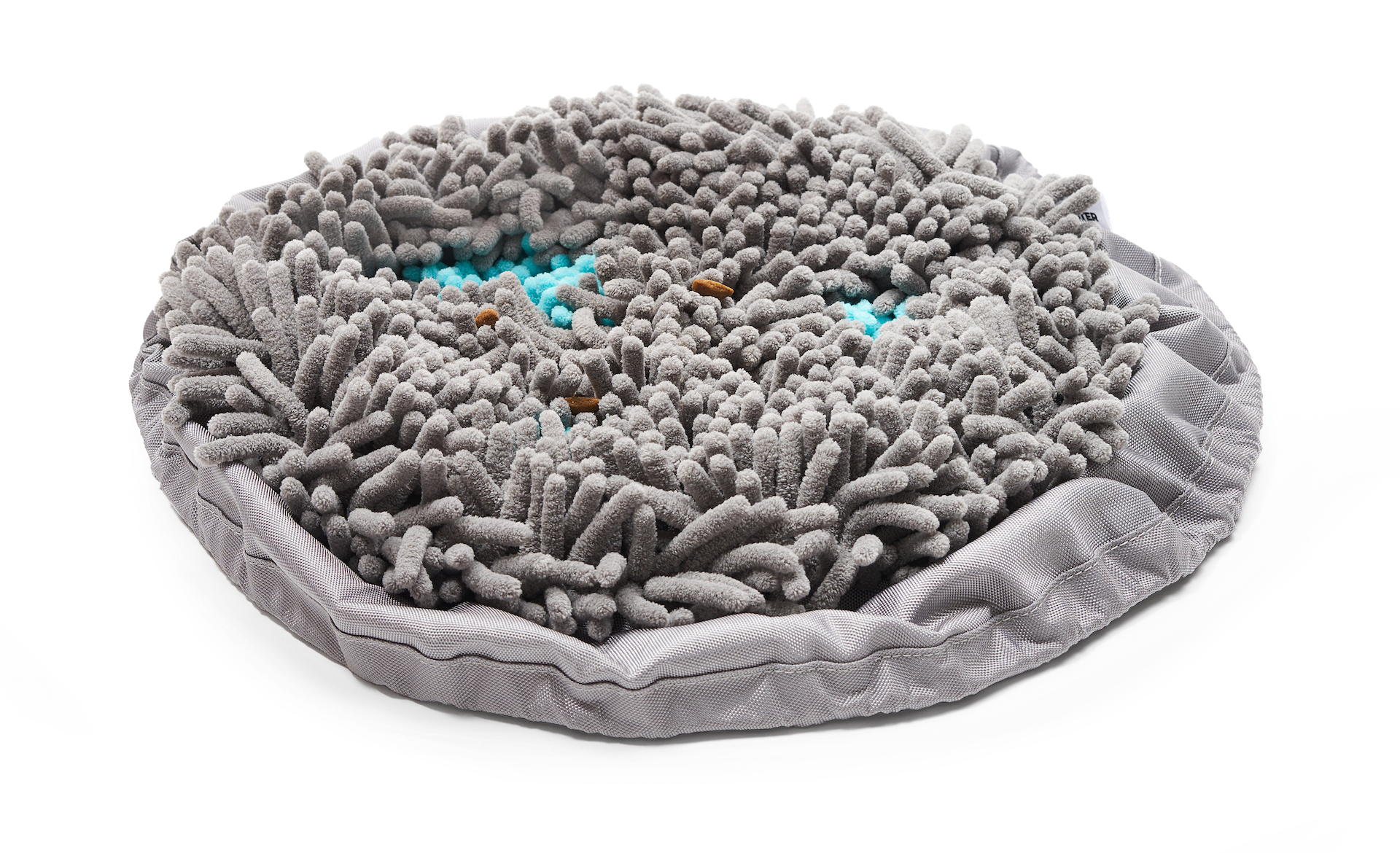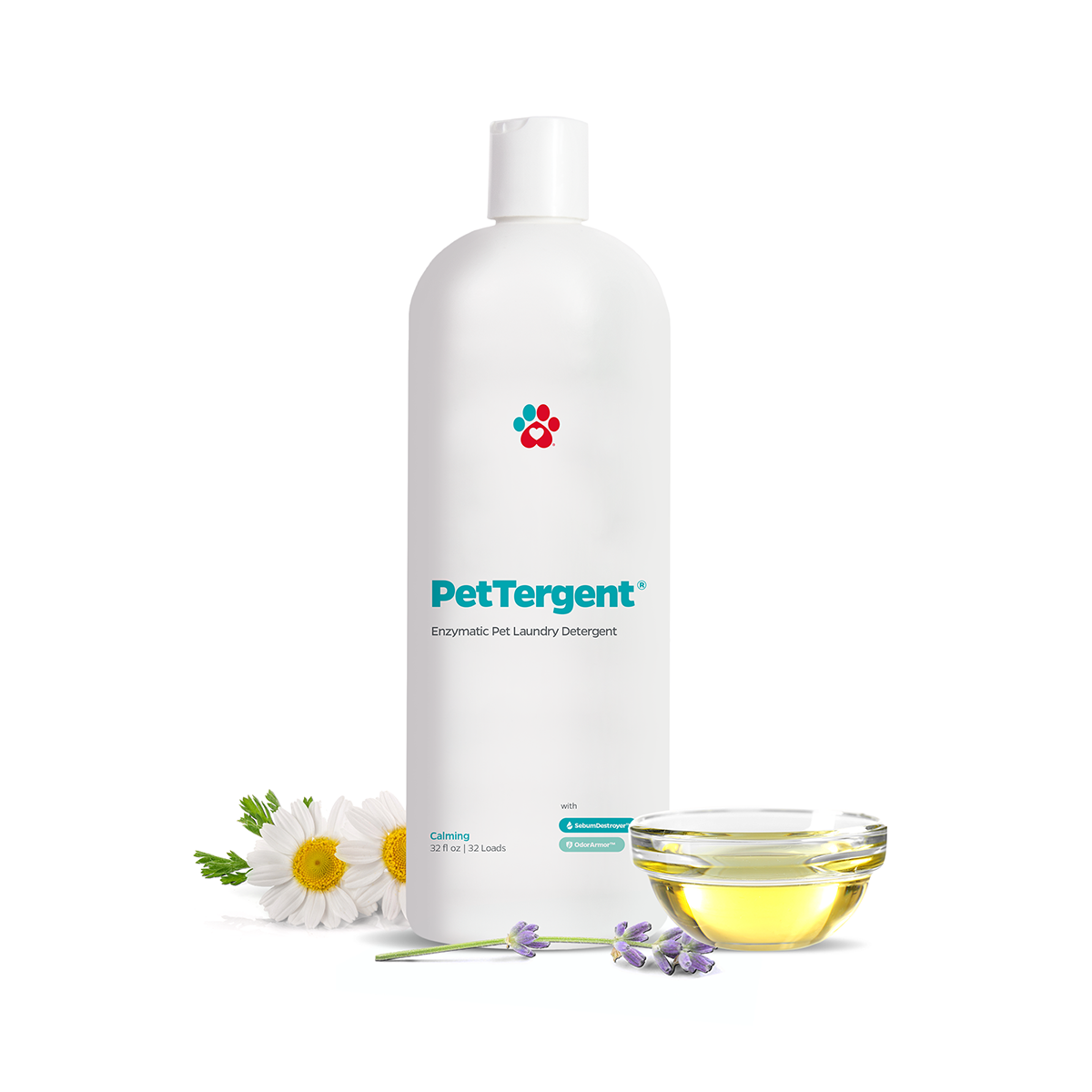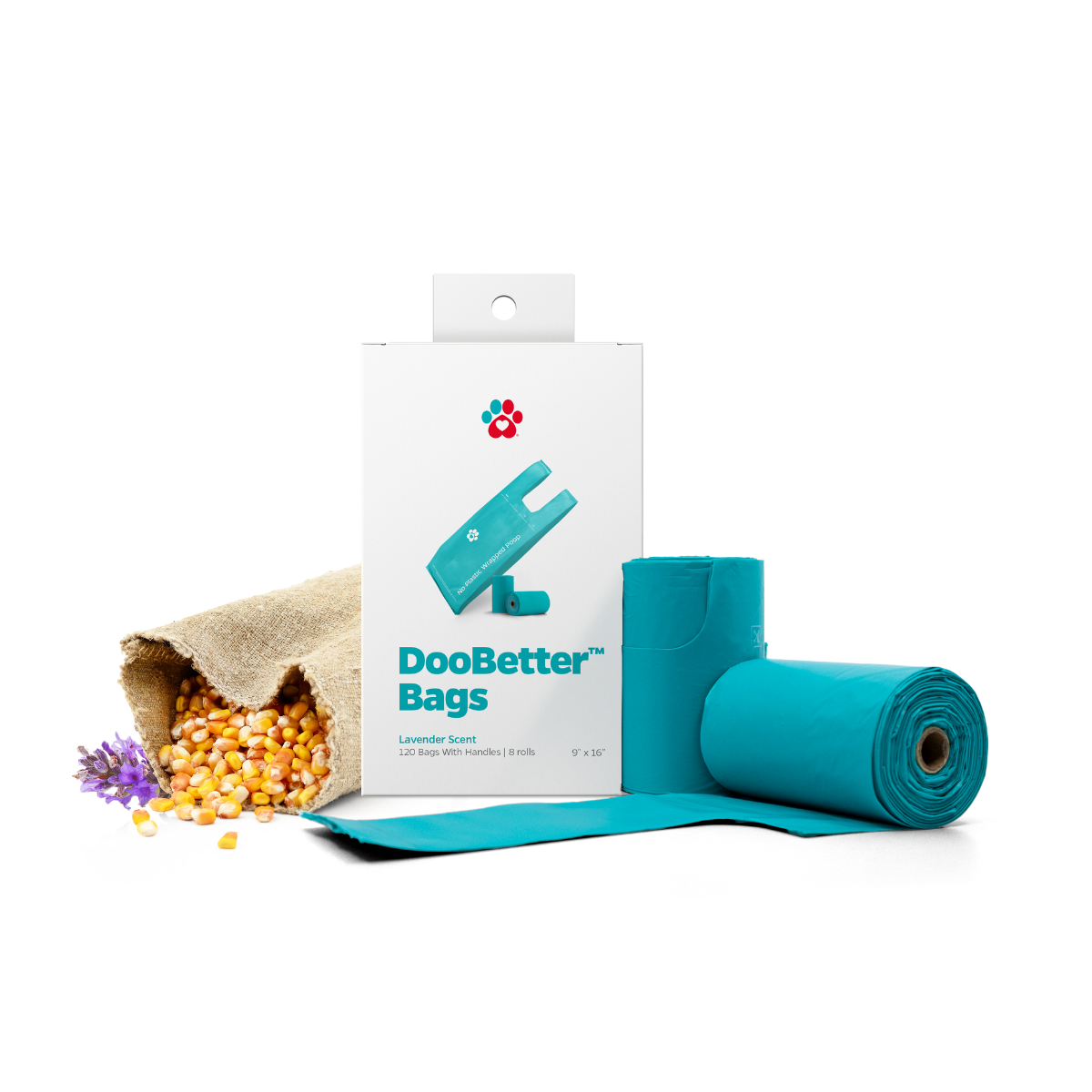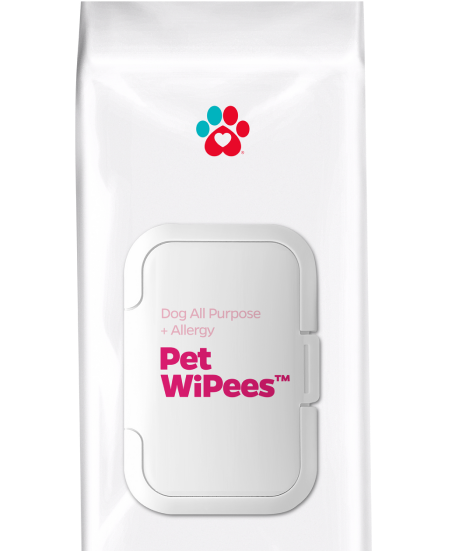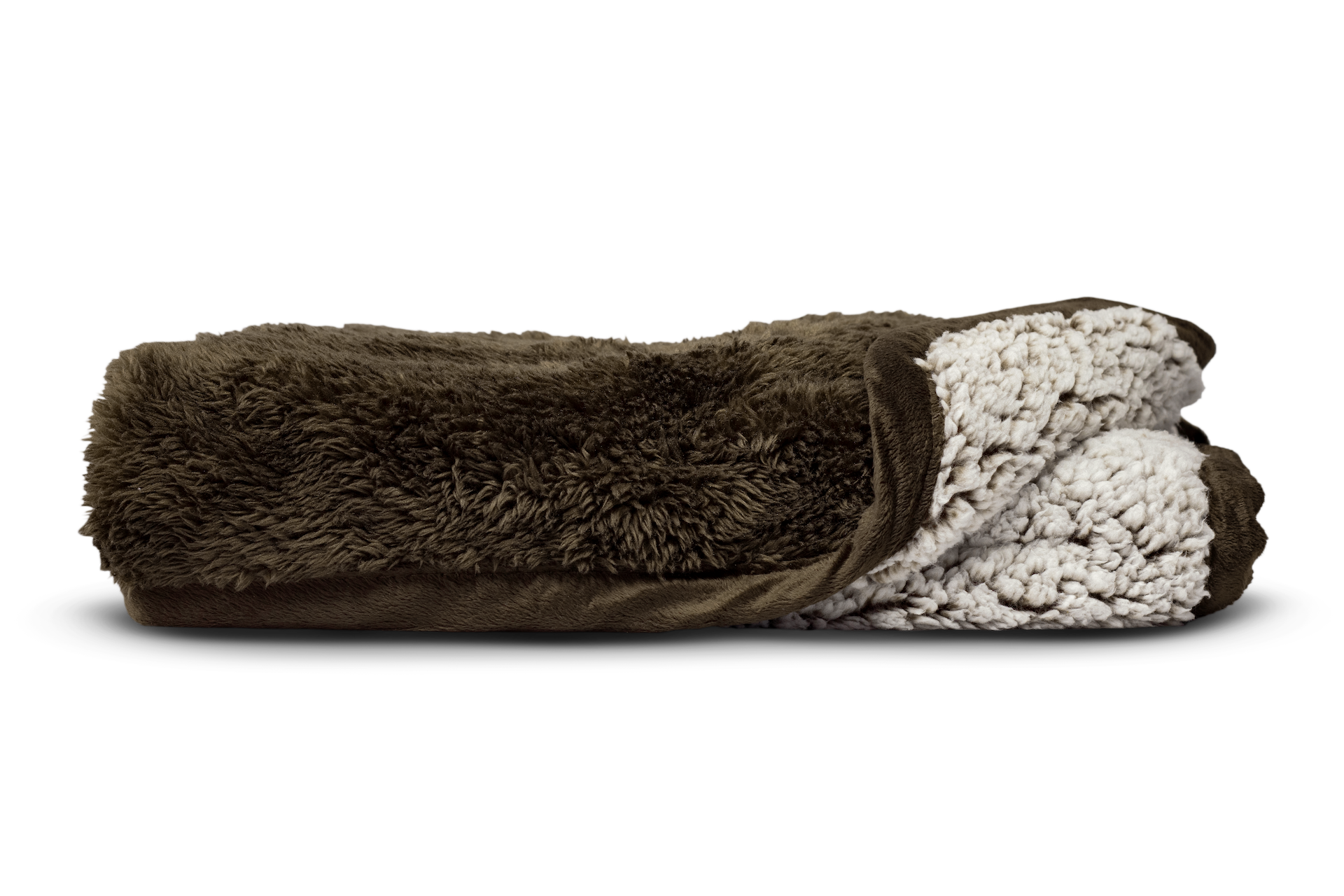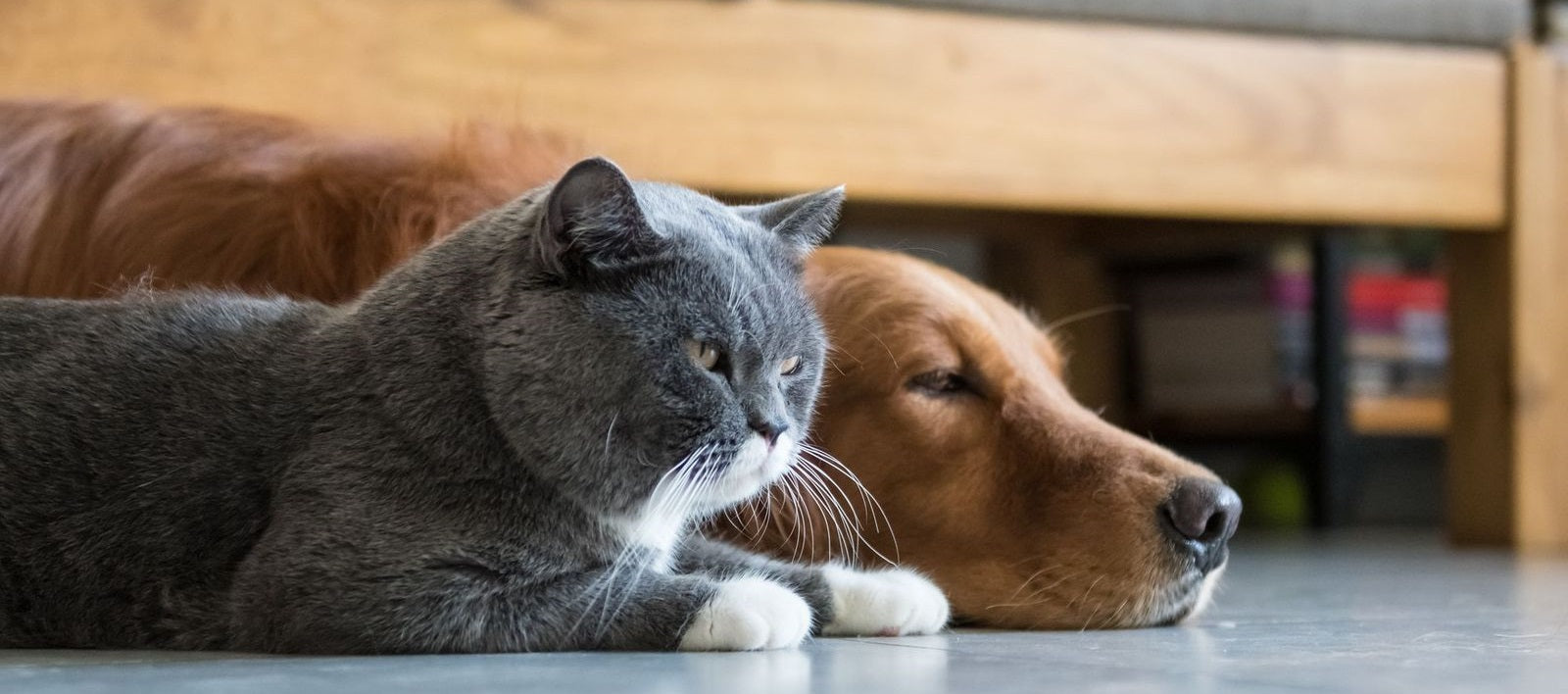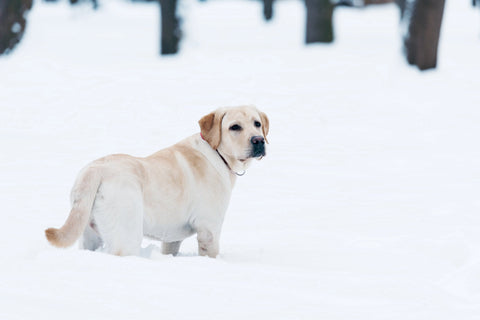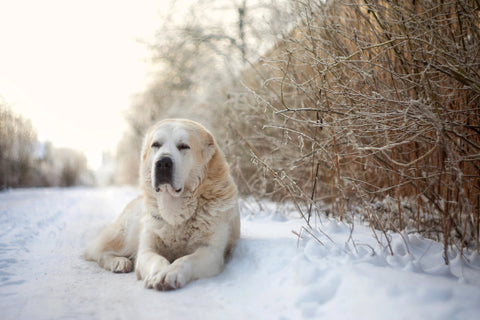You got home and find your living room covered with a chewed-up pillow or your slippers are in tiny pieces. You walk into your room and find the floor covered with pieces of torn rolls of bathroom tissues. You wonder why your pet keeps on exhibiting excessive, destructive behaviors. Sound familiar? You are seeing the signs of pet anxiety.
Like humans, pets get anxious, too. And their anxiety can also result from several triggers. In this article, we will talk about the signs of pet anxiety you need to look for in your fur baby.

What Causes Anxiety in Pets?
First of all, let’s define anxiety. Anxiety is a natural feeling of being worried or nervous which results from a fear of a possible future event or of what is about to come. Pets can become anxious for many reasons and anxiety can present itself in many forms.
Separation anxiety in dogs and cats
This form of anxiety is triggered when pets become upset because of their separation from the people they're attached to or used to be with. Separation anxiety in dogs is very common as dogs are known to be social animals by nature. Dogs with separation anxiety often display behaviors such as excessive barking or howling with no apparent reason and some destructive behaviors.
Cats, on the other hand, may experience pet separation anxiety, too. According to PetMD, 64% of the cats in a recent study that was assessed were reported as securely attached to their pet parents.
Social anxiety
This form of pet anxiety can be described as the feeling of being anxious around other pets, different people, and different social settings. This can be a result of past traumas or from the lack of socialization.
Environmental anxiety
This type of dog anxiety or cat anxiety is triggered by environmental factors. A common example of this is being in the vet’s clinic. It can also be caused by loud noises from your pet's environment like fireworks and thunder.
Signs of Pet Anxiety
When pets are anxious, they tend to display certain behaviors as a way of coping with their anxiety. Here are some of the most common signs which may indicate that your pet has anxiety:
"Pets become anxious for many reasons & anxiety has many forms."
Barking or meowing continuously with no apparent reason
Dogs and cats who are anxious often bark and meow excessively. This is especially true with dogs who have separation anxiety. One of the symptoms of separation anxiety is that your dog will bark and even howl for hours when left alone.
Frequent peeing accidents
Anxious pets usually pee frequently and are more prone to creating accidents. If this is a frequent problem for you, it’s best to have your fur-baby wear Pet Parents® Washable Pet Diapers. These pet diapers are made for both cats and dogs. Made with our soft non-abrasive WickQuick® proprietary fabric, these diapers wick away liquid fast and lock it in. This keeps the diaper comfortable for your pet, while keeping your home clean.
Pet Parents® Pawtect® Pads are another great option if your pup is trained on a pee pad or to be used as a lining for their crates. These pads are great to help you manage your anxious pet without a mess.
Destructive behaviors
Chewing is another sign of anxiety in dogs, and excessive scratching for cats. Anxious dogs chew to relieve stress and anxiety. Anxious cats, on the other hand, scratch. Anxiety is a natural emotion but when things are too much to handle, the chewing or scratching of your pet becomes destructive.
So the next time you get home and find the edge of your couch or furniture being chewed or scratched on, try to properly address the issue. You can give your dog Gnawtlers® that they can chew on safely to help reduce their anxiety.
Additionally, to help calm down your dog, you can incorporate Pet Parents® Calming SoftSupps® into their diet. These calming supplements for dogs will provide your pet dog with powerful ingredients will help to naturally reduce your dog’s anxiety.
Dog anxiety supplements are a great alternative to medications for dogs with anxiety as a natural remedy. Unlike dog anxiety medications, these are available without a prescription from your vet. These ingredients include hemp dog treats, valerian root for dogs, taurine supplement for dogs, & Suntheanine®. Learn more about the benefits of calming supplements for dog anxiety here.
"Calming SoftSupps® will provide your pet dog with powerful active ingredients to help to naturally reduce your dog’s anxiety."
Provide your cat with scratching posts if you notice they are showing signs of pet anxiety. Place these in various areas of your house to help your cat cope with their anxiety for their health and overall well-being.
Escaping and hiding
Pets who are suffering from anxiety will often try to run away. They will try to escape and find comfortable places where they can hide. If your pet is constantly trying to blot out the front door, it may be a sign of anxiety in your pet. Anxious pets will try to hide to feel safe. If you notice what is making them try to run or hide, try to avoid the situation or thing that scares them.
Constant yawning
This is a subtle sign of anxiety that is often missed by most pet parents. Anxious pets usually yawn to deflect a threat. It is their way of saying that they feel threatened or anxious but are not going to attack.
Consider the context of your pet’s yawning. If they seem to be yawning when they are clearly not tired or relaxed, it is likely them communicating their anxiety to you.
Shaking and trembling
Shaking or trembling is a clear sign that your pet is anxious and one that is hard to miss. You may want to get your pet a comfortable shirt or anxiety vest that is designed to calm them for a wide variety of fear and anxiety problems if they seem to take comfort in being held or secured. However, you may also get them Pawtect® Blankets to provide a soft and warm place to relax. These Pet Parents® Pawtect® Blankets are made for comfort with faux fur fabric and our own proprietary Sherpup® multi-layer material. This cozy blanket provides comfort and security to your pet during stressful situations. Plus, these are waterproof dog & cat blankets that are heavy-duty when it comes to absorption.
Pacing
Anxious pets use pacing as a way to relieve their anxiety. Pacing can be defined as repeatedly walking back and forth. Just like humans, this can be a coping mechanism for your anxious pet.
Excessing drooling
Excessive drooling can be a sign that your pet dog is having stress response anxiety. While some dog breeds are more prone drooling, you will be able to notice a difference between normal drooling and an increase from anxiety. If your fur-baby drools or pants excessively, it's a clear sign that may be anxious.
Lip licking
If your dog licks their constantly and excessively for no obvious reasons, this may indicate that they are feeling nervous at the moment. According to The Spruce Pets, while lip licking is normally recognized as a submissive movement intended to deter aggression from intensifying, it is also considered a sign that your fur-baby is anxious and uncomfortable with a situation.
Scratching
Just as people with anxiety might tap their fingers on the table or bite their nails, pets may also have physical responses to anxiety, too. And scratching is one of these responses. While this is especially common in cats, your dog may scratch or dig as well.
Checking how your furbaby is doing is very important in identifying the signs of pet anxiety. Though anxiety is a natural emotion, determining the signs and symptoms will greatly help you in preventing the anxiety from worsening. Recognizing the signs of pet anxiety will help you prevent destructive habits from developing and keep your fur-baby feeling its best. If you feel that your pet’s anxiety is out of hand, it might be time to consult your vet for potential solutions. You can learn more about dog anxiety here.

